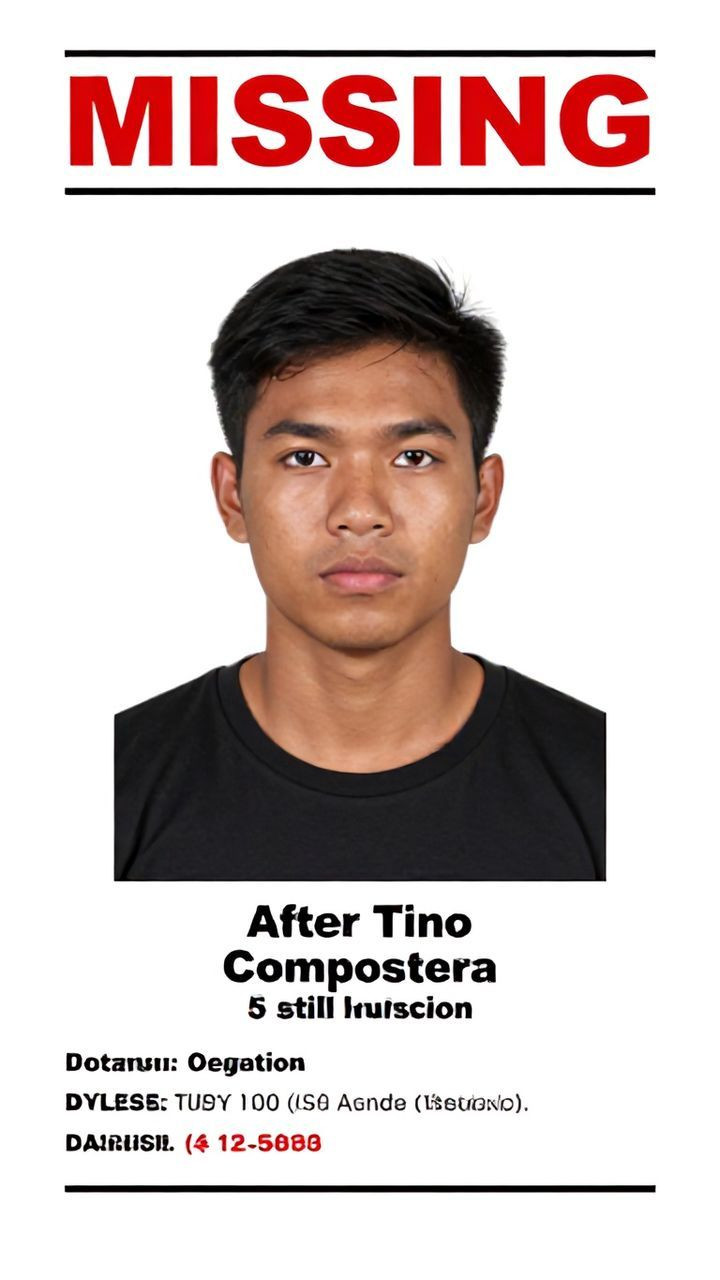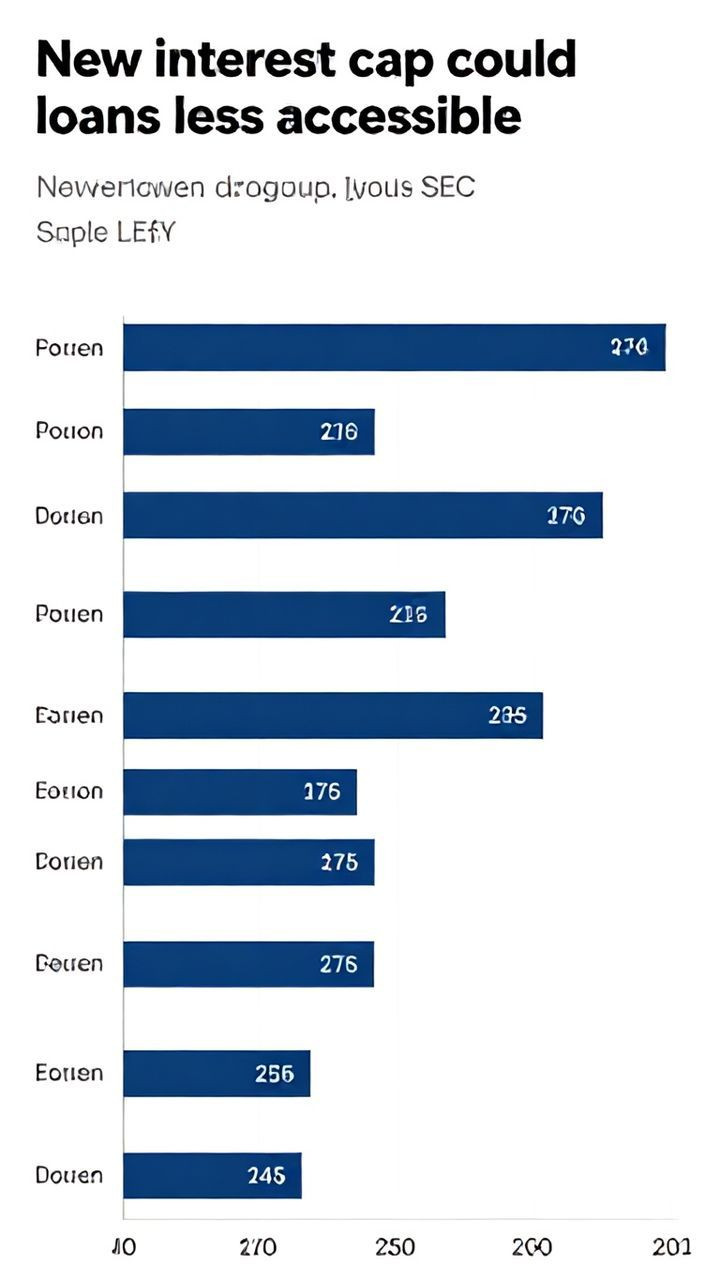
This is a book review.
This is a book review.
Indigenous Welfare The Need For Urgent Action
The Closing the Gap report shows that Aboriginal people are worse off than their compatriots in many areas, from life expectancy to education, housing, health, and rates of imprisonment. Out of 19 long-term goals for improving Indigenous peoples' lives, only five are on track to be met.
While it is important to remember the history of dispossession and oppression that has contributed to these inequalities, we must also recognize that urgent action is needed to improve the current situation.
One area where significant progress could be made is in education. Despite years of effort and investment, Aboriginal students continue to trail their peers in educational outcomes.
There are many factors contributing to this problem, but one key issue is the lack of culturally responsive teaching methods. All too often, Indigenous histories, cultures, and perspectives are not adequately represented in school curricula or pedagogy. This leads to alienation and disengagement among Aboriginal students.
However, there have been some promising initiatives that demonstrate what can be achieved when education systems are designed with an explicit commitment to cultural respect and inclusion. For instance, the Marngrook Education Program uses Yorta Yorta knowledge and ways of learning to engage young people in their communities. This model shows us how we might create more effective educational experiences for Aboriginal students by drawing on Indigenous wisdom rather than simply imposing Western approaches.
The health disparities between Indigenous and non-Indigenous Australians are stark and shameful. They reflect centuries-old injustices that have prevented Aboriginal people from accessing the same level of healthcare as others in society. For example, rates of avoidable hospitalization among Indigenous peoples far exceed those of other Australians due to issues such as inadequate housing standards leading directly into higher risks for respiratory illnesses like pneumonia; additionally poverty leads indirectly through lack of access to healthy food choices increasing susceptibility towards preventable diseases associated with malnutrition.
It is clear that more needs to be done to close the gap between Aboriginal and non-Aboriginal people in Australia. However, simply throwing money at the problem will not suffice - real systemic change must occur if we are ever going to achieve equity for all members of society regardless of their background or cultural heritage






